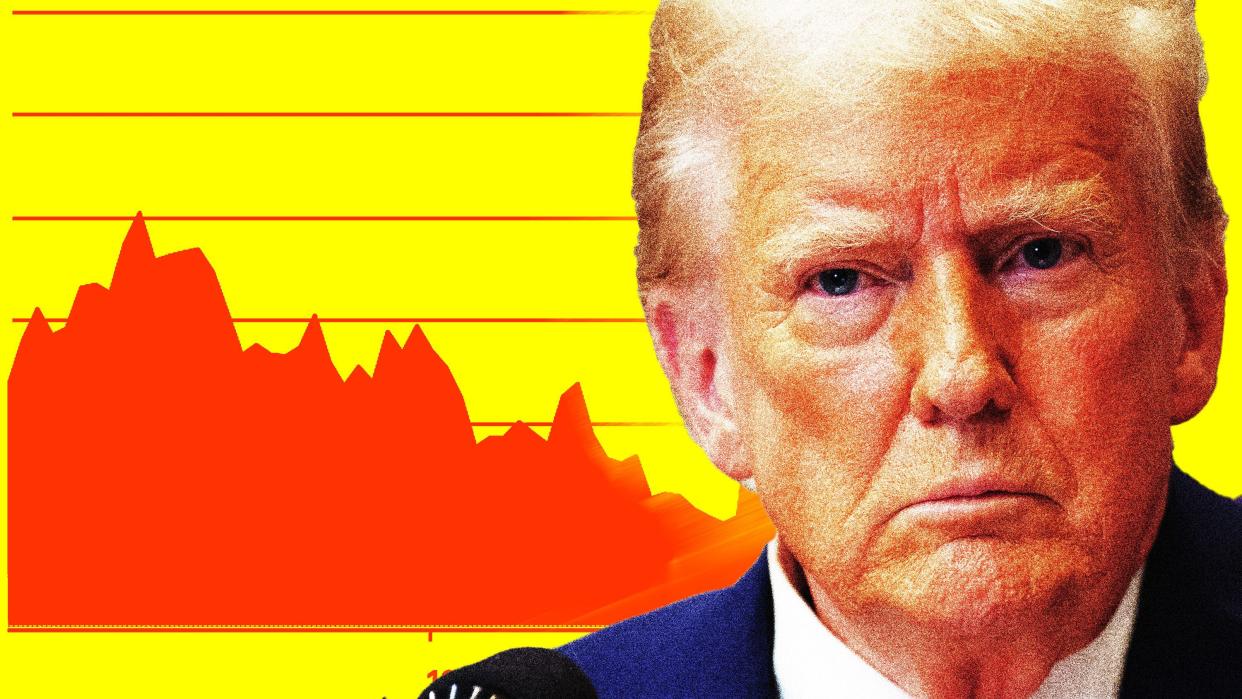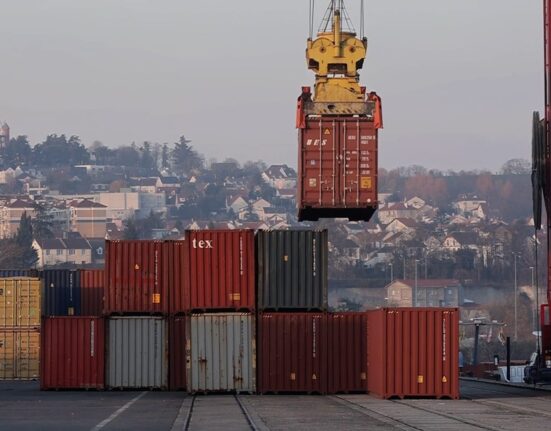In the world of finance and economics, there’s often a cacophony of voices debating policies, predictions, and their repercussions. One such topic that has dominated discussions is the effect of Trump’s tariffs on inflation and the global economic landscape.
It was a time when economists seemed to be in rare agreement. Prior to Donald Trump’s implementation of the “Liberation Day” tariffs on April 2nd, a survey conducted by the University of Chicago’s business school revealed an intriguing insight. Out of 48 economists polled, the median estimate suggested that Mr. Trump’s levies would lead to a 0.8 percentage point increase in inflation for the year 2025.
Understanding Tariffs: A Tax Hike or Fair Trade?
The essence of Trump’s stance lies in his belief that tariffs essentially function as a tax increase on foreign nations that have historically taken advantage of the United States economically. According to his press secretary, these tariffs are meant to rectify what he perceives as other countries “ripping off” America. The underlying implication here is that these additional costs imposed on imports will be absorbed by foreign entities, thereby leaving American consumers unscathed in terms of price hikes.
As debates continue to swirl around this economic strategy, questions arise about its actual impact on everyday citizens and businesses alike. Will prices surge beyond reach or will they remain stable despite these policy changes?
The Ongoing Saga: Unfolding Economic Realities
In subsequent months following the tariff implementations, various analyses and reports attempted to gauge the true extent of its influence on inflation rates and consumer prices.
Contrary to initial speculations pointing towards a significant uptick in inflation due to tariff effects, data began painting a different picture – one where inflation remained relatively subdued despite the imposition of tariffs under President Trump’s directives.
While some anticipated disruptions in pricing dynamics across sectors due to increased production costs from imported goods affected by tariffs, others argued for more time before conclusive judgments could be drawn regarding long-term impacts.
Analyzing Economic Scenarios with Expert Insights
Diving deeper into this complex economic landscape reveals multiple layers worth exploring with experts shedding light on possible outcomes:
– **Consumer Behavior Shifts:** Economists highlight how consumer behavior might adapt in response to changing price points influenced by tariffs.
– **Global Trade Dynamics:** The interconnected nature of global trade systems further complicates predicting precise consequences at both domestic and international levels.
– **Government Policy Ramifications:** Analysts delve into potential government responses and adjustments needed if inflation were to rise substantially over time.
– **Market Volatility Considerations:** The ripple effects stemming from tariff-induced changes could potentially trigger market volatility affecting investors worldwide.
With every passing month since the initiation of these trade policies, observers eagerly await updated insights into how Trump’s tariffs continue shaping economic landscapes near and far.
Charting Economic Waters Amidst Uncertainty
Navigating through these turbulent economic waters requires not just astute observations but also an openness towards adapting strategies based on emerging trends within financial markets globally.
As economists reassess their initial forecasts amid evolving scenarios post-tariff implementations, one thing remains clear – understanding the intricate dance between policies like tariffs and their ultimate impact demands patience along with rigorous analysis before definitive conclusions can be drawn.
This ongoing saga surrounding Trump’s tariffs serves as a compelling case study highlighting how even amidst widespread predictions, economic realities often unfold in unpredictable ways challenging our assumptions while reshaping future narratives within financial spheres worldwide.









Leave feedback about this